Give requirements for chemical synthesis and give the changes in equilibrium and laws.
Text Solution
One of the principal goals of chemical synthesis is (i) to maximize the products (ii) minimizing the expenditure of energy.
This implies maximum yield of products at mild temperature and pressure conditions. If it does not happen, then the experimental conditions need to be adjusted. For example, in the Haber process for the synthesis of ammonia from N2 and H2, the choice of experimental conditions is of real economic importance.
Equilibrium constant, Kc is independent of initial concentrations. But if a system at equilibrium is subjected to a change in the concentration of one or more of the reacting substances, then the system is no longer at equilibrium, and net reaction takes place in some direction until the system returns to equilibrium once again.
If a change in temperature or pressure of the system may also alter the equilibrium.
In order to decide what course the reaction adopts and make a qualitative prediction about the effect of a change in conditions on equilibrium Le-Chatelier.s principle is used.
Le-Chatelier.s principle: "Change in any of the factors that determine the equilibrium conditions of a system will cause the system to change in such a manner so as to reduce or to counteract the effect of the change." This is applicable to all physical and chemical equilibria.
|
Topper's Solved these Questions
- EQUILIBRIUMBOOK - KUMAR PRAKASHANCHAPTER - EQUILIBRIUMEXERCISE - SECTION-A Try Your self -2
6 Videos
- EQUILIBRIUMBOOK - KUMAR PRAKASHANCHAPTER - EQUILIBRIUMEXERCISE - SECTION-A Try Your self -3
10 Videos
- ENVIRONMENT CHEMISTRY BOOK - KUMAR PRAKASHANCHAPTER - ENVIRONMENT CHEMISTRY EXERCISE - Question For Module (Section-C)
1 Videos
- HYDROCARBONSBOOK - KUMAR PRAKASHANCHAPTER - HYDROCARBONSEXERCISE - (Questions for Module (Section - D))
1 Videos
Similar Questions
Knowledge Check
Complete the synthesis by giving the missing product
 A
A B
B C
C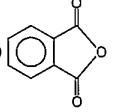 D
D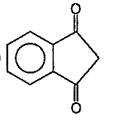
Complete the synthesis by giving the missing product.
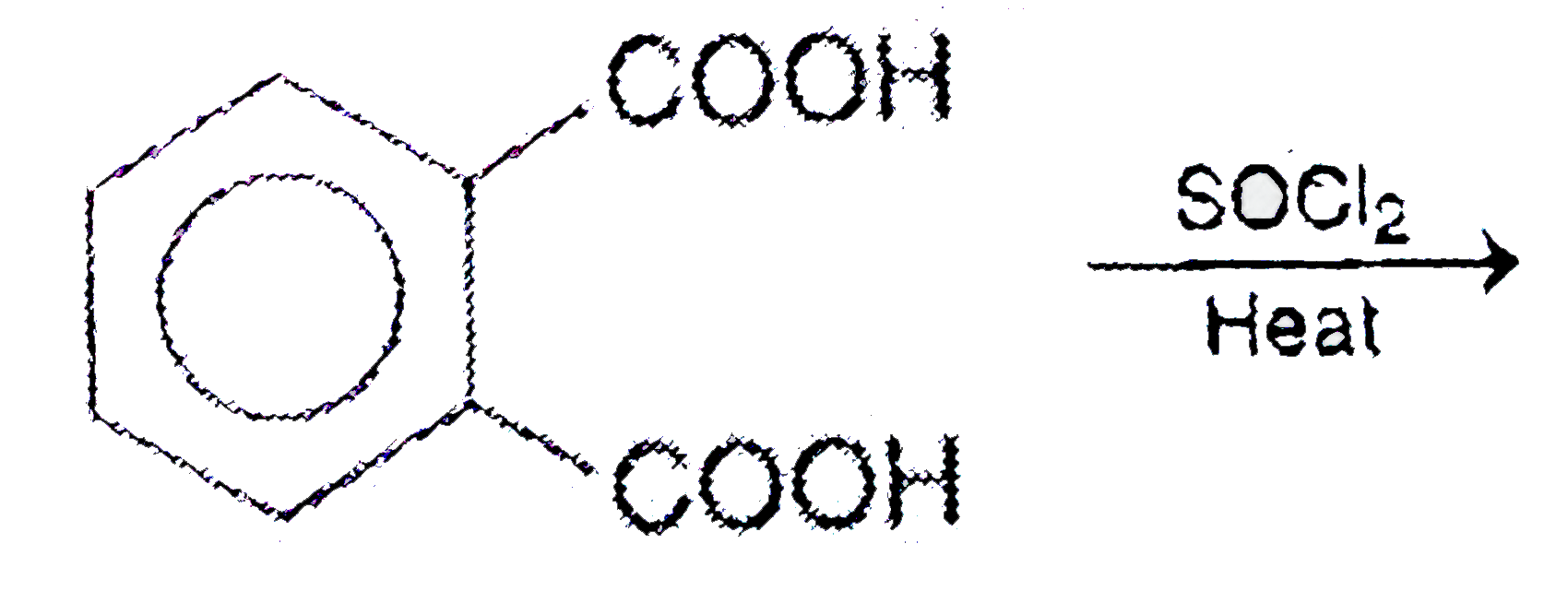 A
A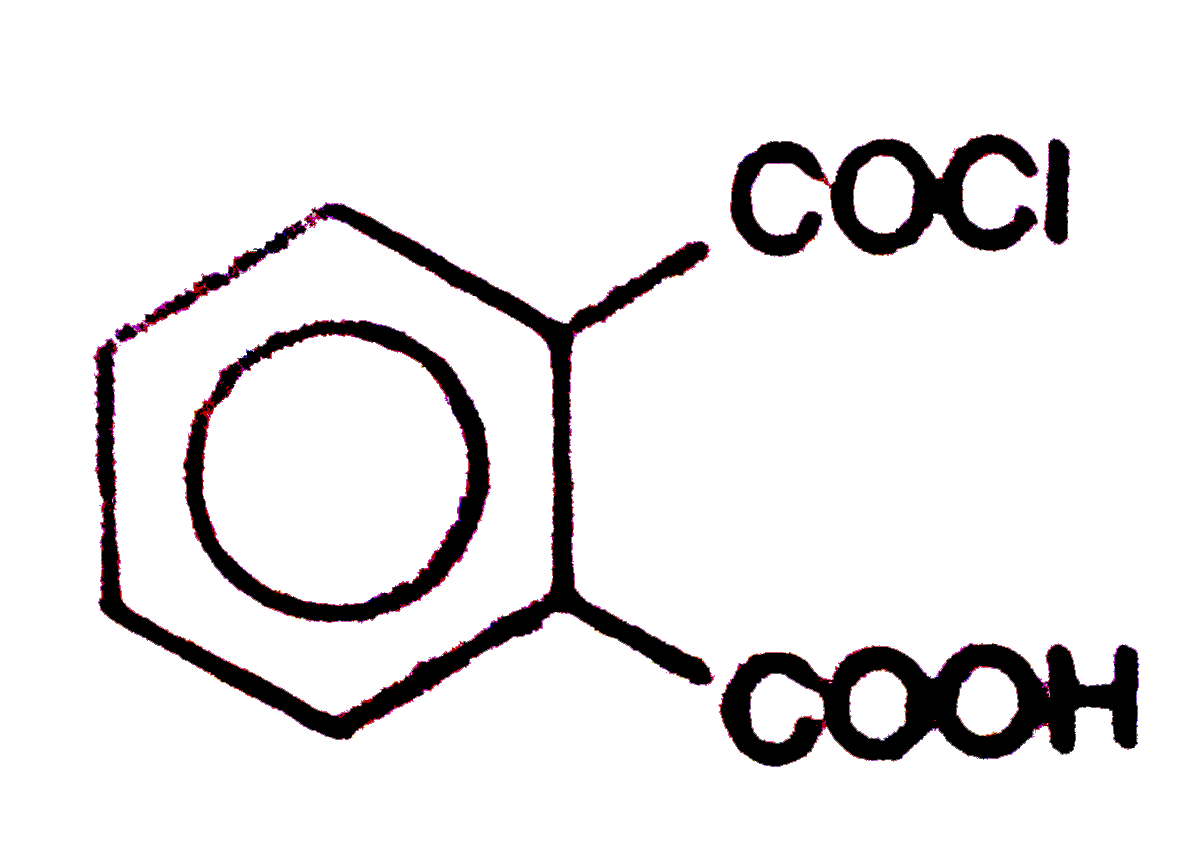 B
B C
C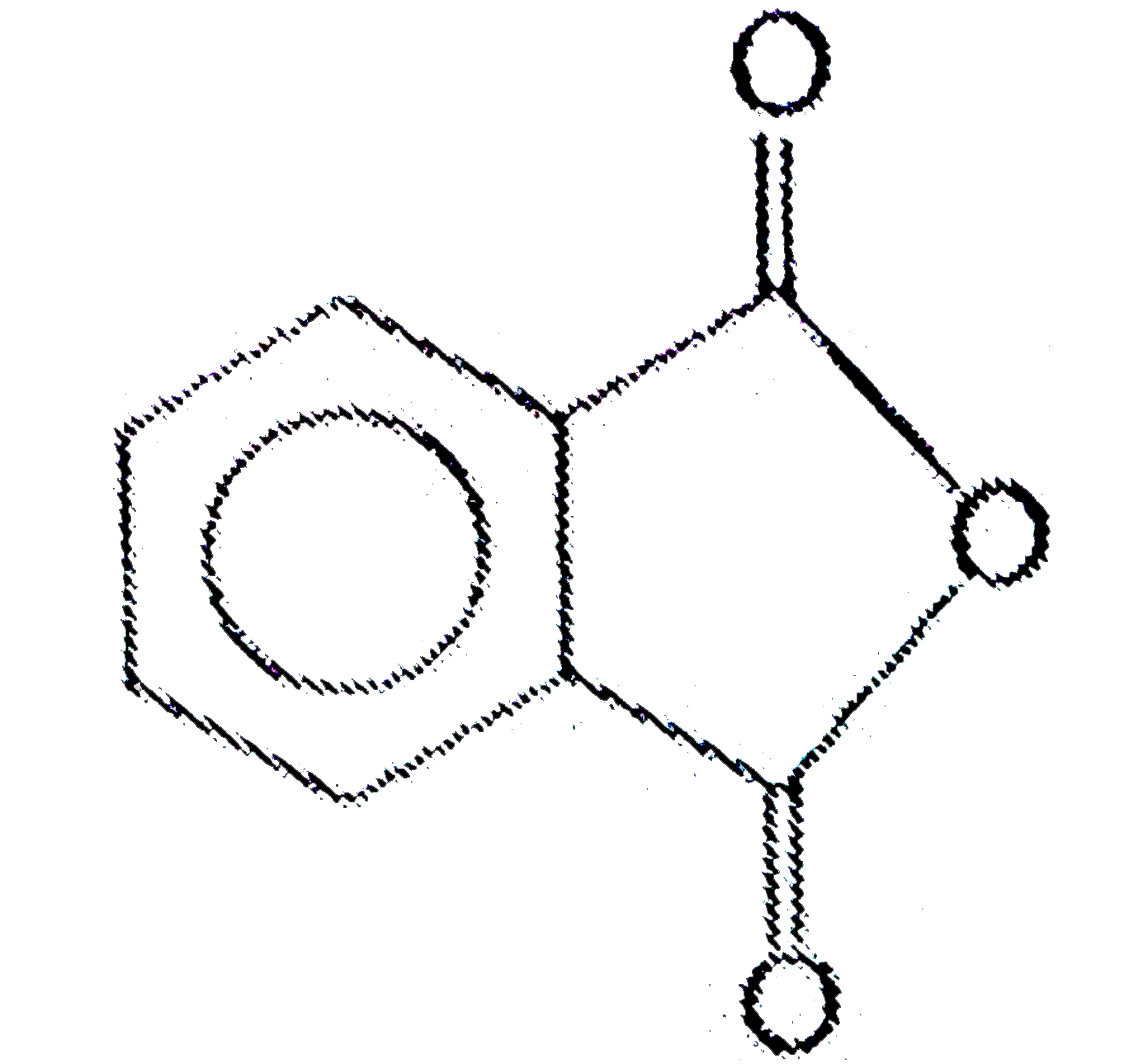 D
D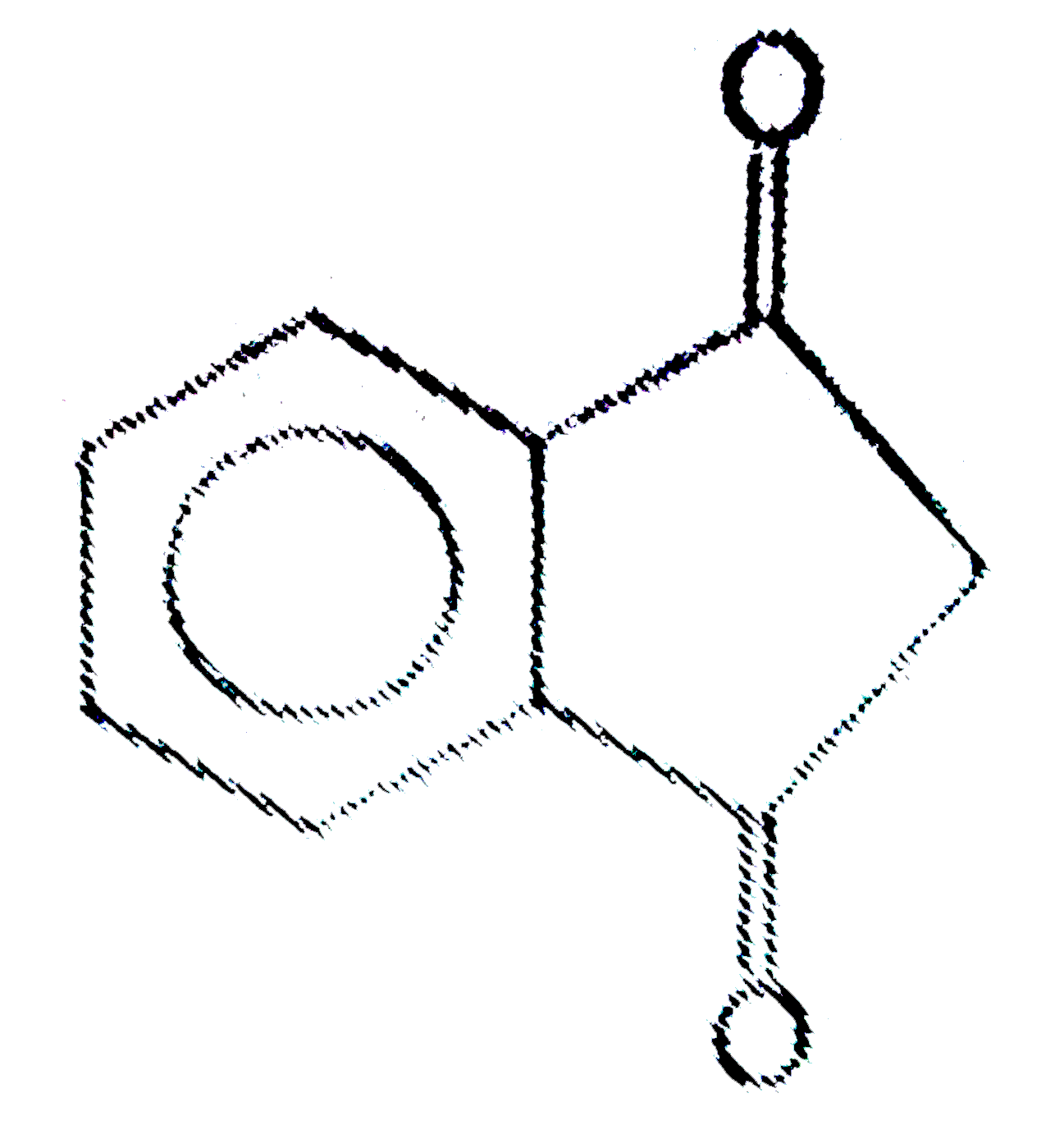
According to the law of chemical equilibrium,
Athe rate of forward reaction becomes equal to the rate of backward reaction when the chemical system attains equilibriumBa system can achieve the equilibrium state through forward as well as backward reactionCboth (1) and (2)Dthe equilibrium constant Keq is defined as the product of the equilibrium active masses of the products, each raised to the power that corresponds to its coefficient in the balanced equation, divided by the product of the equilibrium active masses of reactants, each raised to the power that corresponds to its coefficient in the balanced equation
Give two examples of chemical change
View SolutionGive a brief account of protein synthesis.
View SolutionWhat is the IUPAC name of ter-butyl ether? Write one method each for the synthesis and cleavage of ethers. Give chemical equations.
View SolutionGive synthesis of Buna-S
View SolutionGive one example of each when :
Chemical energy changes into electrical energy.
View Solution
